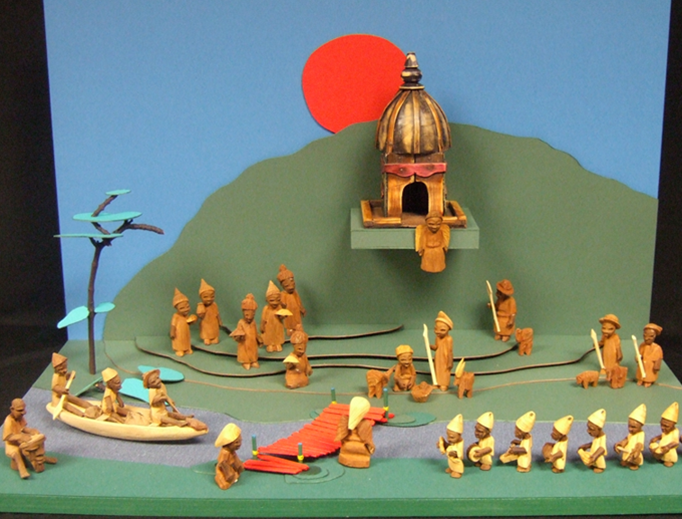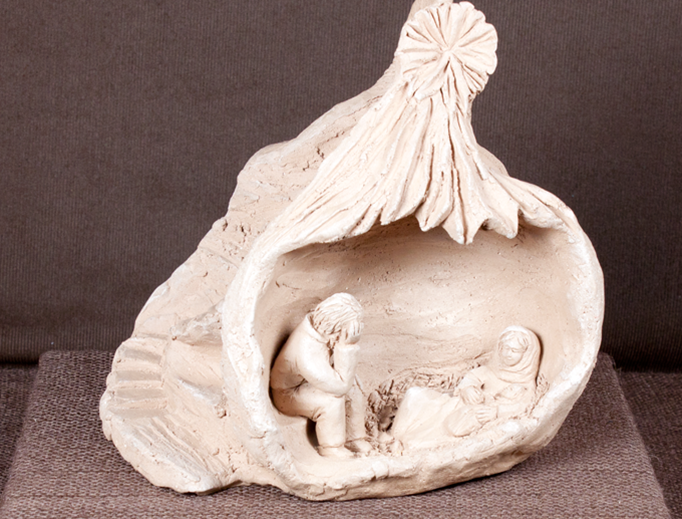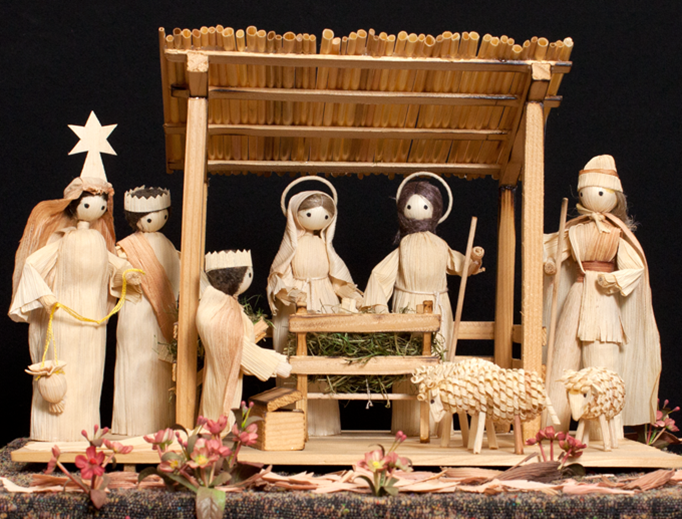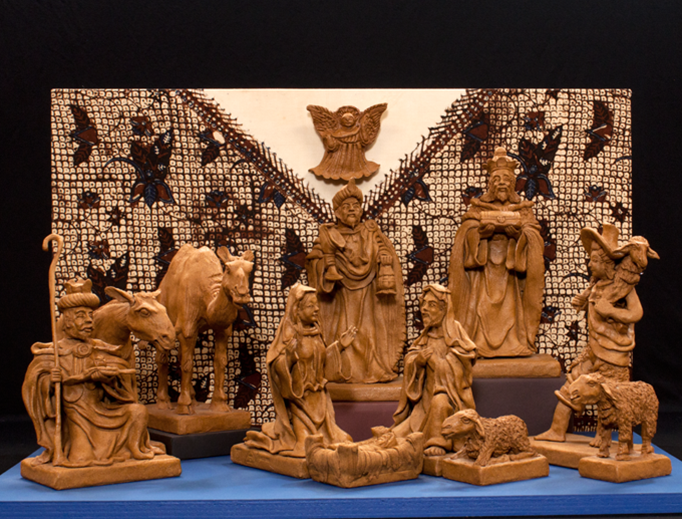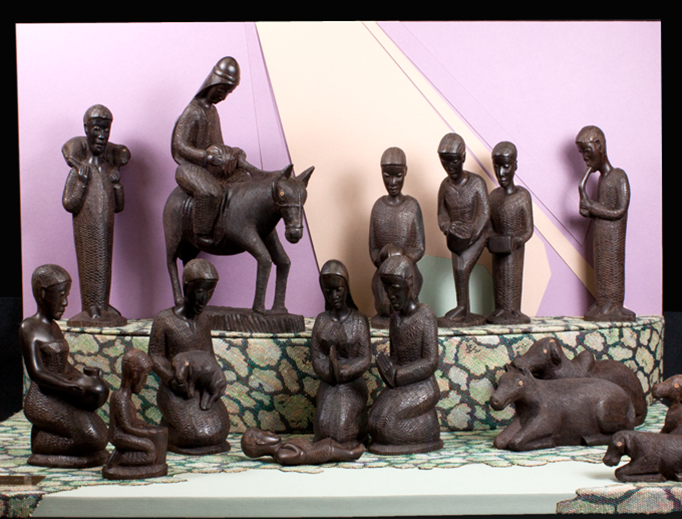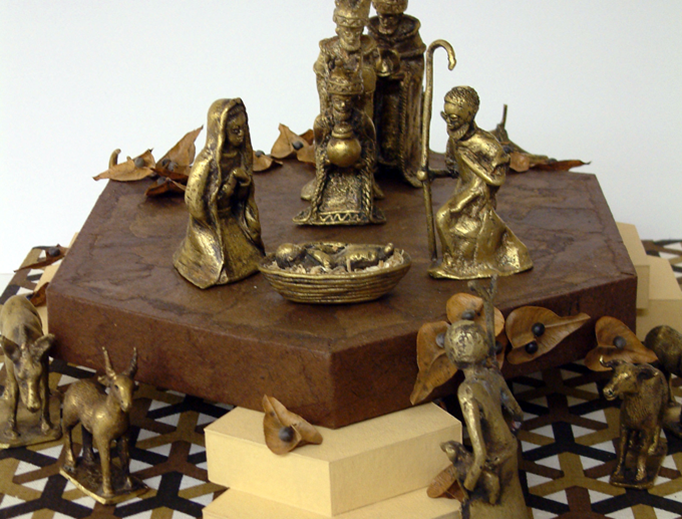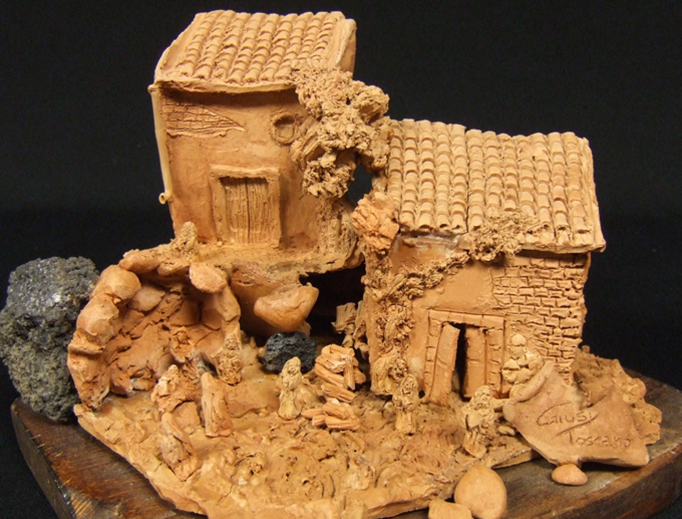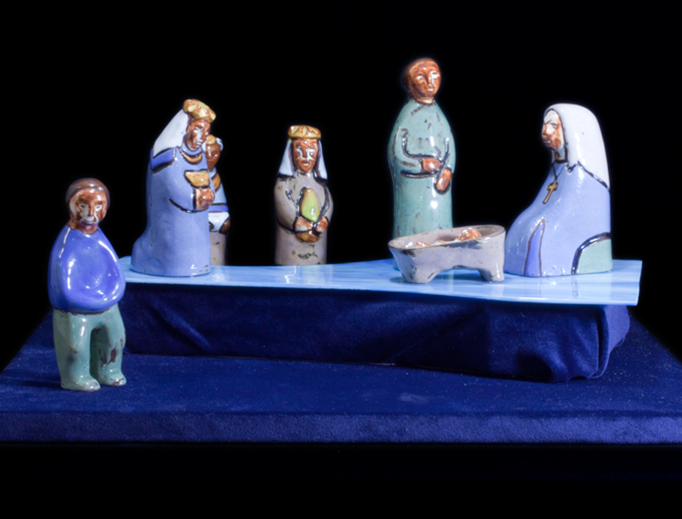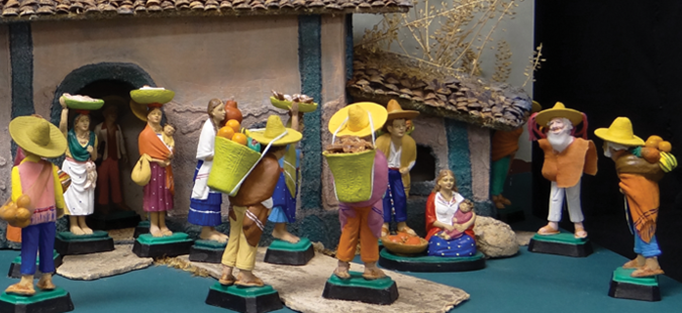University Gathers Huge Collection of Crèches from Around the World
The nativity sets in this collection celebrate the Incarnation through the styles, expressions and traditions of peoples across the globe.

An enormous collection of nativity sets is on view at the University of Dayton in Ohio.
In 1994, the Marian Library and International Marian Research Institute at the University of Dayton began to collect various contemporary cultural expressions of the Nativity scene. To date, the collection holds more than 3,500 crèches from dozens of countries, some of them on permanent display in the Marian Library's Crèche Museum.
Recreating the holy night of Our Lord's birth in Bethlehem has been a Christmas tradition for centuries. Its popularity spread in the Middle Ages from primarily around Naples, Provence (France), southern Germany and Austria, to becoming widespread in the 17th and 18th centuries.
The nativity sets in this collection celebrate the Incarnation through the styles, expressions and traditions of peoples across the globe. Each nativity is entirely unique, from the different materials used, to the cultural representation of the people. Some sets include a manger or stall of some kind; some have additional people; some are serious, others whimsical. The range of clothes, animals, settings, facial expressions, and regions represented is amazing.
The Marian Library uses the crèches to promote the study of culture and religion, showing how strongly and permanently culture and religion influence and enrich each other, to highlight some of the psychological and sociological implications of the Christmas tradition and the aesthetic dimension of religious culture, and to make better known the meaning of the Christmas event.
On the website you can choose a country and then view crèches in the collection from that country, with a description of each including the artist, materials used, and so forth.
The crèche collection comes entirely from donations and contributions, with volunteers documenting, photographing, and installing the crèches into the collection.
